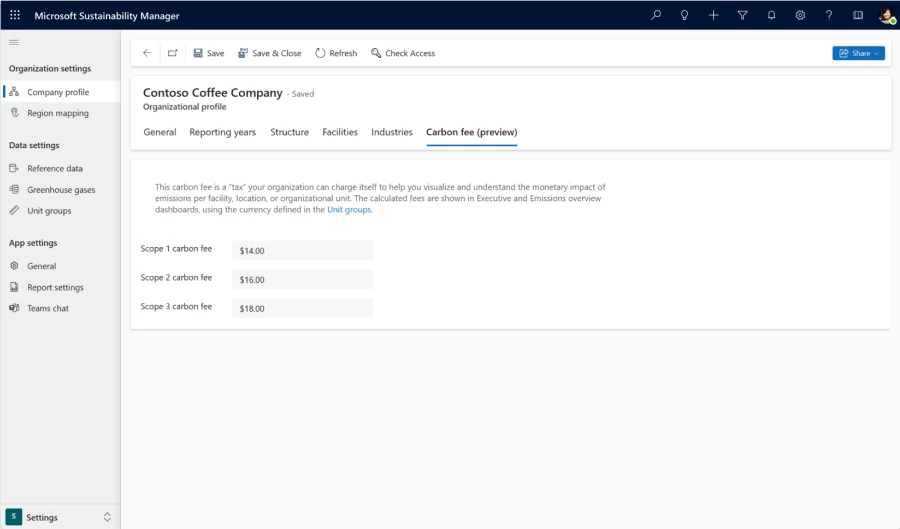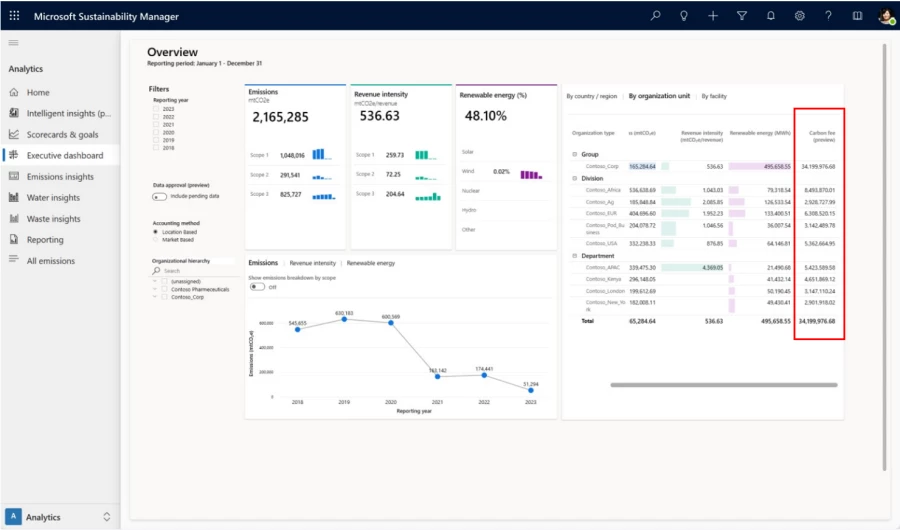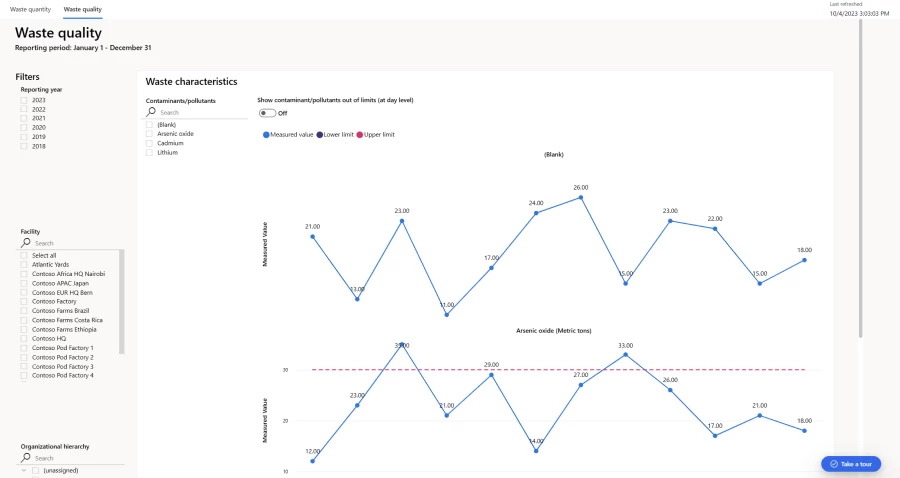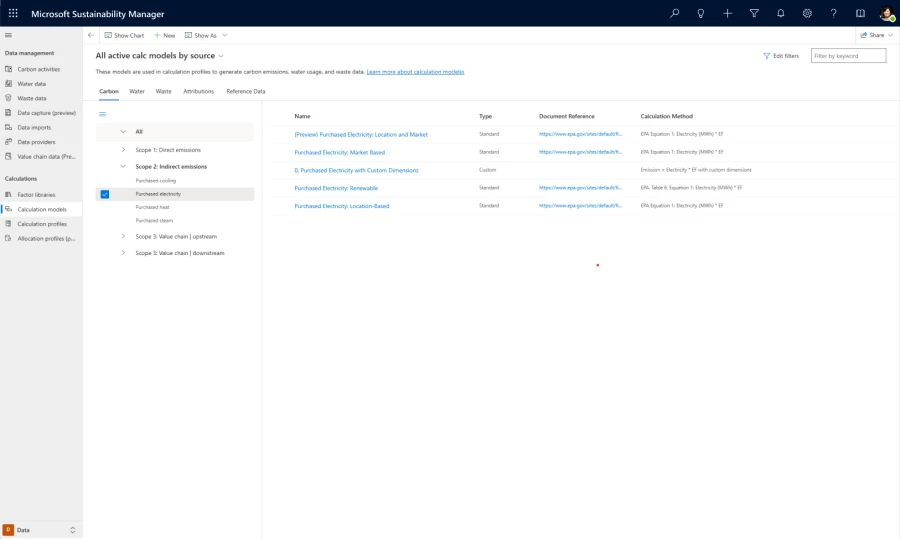Notizie per Categorie
Articoli Recenti
- [Launched] Generally Available: Latest PostgreSQL minor versions supported by Azure Database for PostgreSQL flexible server 2 Luglio 2025
- [Launched] Generally Available: Azure DNS security policy 2 Luglio 2025
- [In preview] Public Preview: Azure SQL updates for early-July 2025 2 Luglio 2025
- [Launched] Generally Available: Azure SQL updates for early-July 2025 2 Luglio 2025
- Retirement: VM Insights Map and Dependency Agent are being on June 30, 2028 2 Luglio 2025
- Planning your move to Microsoft Defender portal for all Microsoft Sentinel customers 1 Luglio 2025
- [Launched] Generally Available: Azure App Service on Azure Stack Hub 25R1 1 Luglio 2025
- Jasper Sleet: North Korean remote IT workers’ evolving tactics to infiltrate organizations 30 Giugno 2025
- [Launched] Generally Available: Encryption in Transit (EiT) for Azure Files NFS shares 30 Giugno 2025
- [Launched] Generally Available: Query editor in Azure Monitor Metrics 30 Giugno 2025
Microsoft Cloud for Sustainability: Run your carbon fee program with new capabilities
As organizations strive to achieve net-zero carbon emissions, they need powerful tools and strategies to drive reductions faster. The new Carbon fee (preview) in Microsoft Sustainability Manager is one such capability, enabling organizations to set an internal price (or a “tax”) on their own carbon emissions and encourage substantive reductions.
Internal carbon pricing is widely used—and notably on the rise—but more rapid adoption is needed.1 The right technology solution can be critical for organizations overcoming setbacks related to capturing carbon footprint data, reliably allocating emissions to business units, and planning and coordinating a carbon fee program. Because Microsoft Sustainability Manager enables teams to compute and allocate emissions, it’s also uniquely positioned to serve as a platform for implementing such a program.
How Microsoft is using an internal carbon fee to reach its carbon negative goal
At Microsoft, we started our own carbon fee in 2012 to accelerate carbon reduction and allocate funding to decarbonization projects. In 2021, we redesigned and increased our carbon fee to accelerate Scope 3 emissions reduction, tying the fee to specific costs of abatement for different emissions sources. We’ll continue to adjust the fee to support our operations while meeting our 2030 carbon commitments.
As always, we’re excited to apply our experience to new capabilities in Microsoft Cloud for Sustainability. In this blog, read about the Carbon fee and other new features enabling organizations to accelerate progress.
Track the internal costs of carbon emissions across your operations
Using the new Carbon fee (preview) in Microsoft Sustainability Manager, organizations can visualize and understand the costs of their emissions by scope and by facility, country or region, or organizational unit. Set fees by scope or flat across scopes and review the calculated costs in the Executive and Emissions Overview dashboards. Use the insights to promote transparency around your internal costs of emissions and make more exacting decisions about reductions. You can also use the fees to fund other sustainability efforts, as Microsoft has.
In the example below, Contoso, a fictitious company, applies carbon fees to its business units proportionally to the emissions attributed to each unit. The offices of the Chief Financial Officer and Chief Security Officer work together to establish fee pricing for Scope 1, Scope 2, and Scope 3 emissions and then use the Executive Overview dashboard to determine costs owed by each organization unit.


Understand the environmental footprint of your global economic activities
Gain insights about the relationship between your organization’s economic activities and emissions rates with EXIOBASE factors, now available for your calculations in Microsoft Sustainability Manager. EXIOBASE is a globally available, detailed supply-use table and input-output table that harmonizes supply-use tables from various countries, estimates emissions and resource extractions by industry, and links this data by trade.
To access EXIOBASE factors, go to the Microsoft Cloud Solution Center and add your Microsoft Sustainability Manager deployment package.
Learn more about emission factors.
Don’t have Microsoft Sustainability Manager? Try it for free.
Track your organization’s waste footprint with enhanced visualization and reporting
Two new capabilities enabled by the Microsoft Cloud for Sustainability waste data model (preview) allow your organization to visualize, track, and report on waste sustainability metrics:
Moving ahead with powerful waste data features
Disclose waste sustainability data using standard reports. You can now report on your organization’s waste quantity and waste quality data to help meet regulatory disclosure requirements and track progress toward net-zero sustainability goals.
Visualize waste quantity and waste quality data in the Microsoft Sustainability Manager Insights dashboard. Access up-to-date waste quantity and quality data that are formatted and prepared for sustainability use cases, such as waste management reporting and quality compliance monitoring.

By request: Speed progress with enhanced user experience and navigation
Throughout every release cycle, we dedicate time to addressing customers’ usability feedback about Microsoft Sustainability Manager. This feedback is invaluable in helping to guide our decisions as we optimize the solution, with the goal of improving every user’s experience.
Today we’re pleased to introduce an intuitive side pane filter in Calculation models and Calculation profiles. With an enhanced navigation experience and the ability to easily filter your search by categories within carbon, water, waste, and other impact areas, you can more quickly generate the insights you need to drive progress.

Do you have questions or suggestions about Microsoft Sustainability Manager? Visit our ideas list to provide your feedback.
Coming soon: Microsoft Cloud for Sustainability expanded availability and analytics
We’re excited to offer Microsoft Cloud for Sustainability deployment in India datacenter regions, starting in December 2023. Stay tuned for details and see where the solution is available today.
Coming in November 2023, a new Intelligent Insights (preview) feature will empower organizations to analyze and extract key information from their emissions data through outlier, trend, and correlation insights. Watch the Microsoft Industry Blogs: Sustainability for updates.
Learn more about Microsoft Cloud for Sustainability: Sign up for news and updates and try it for free.
The post Microsoft Cloud for Sustainability: Run your carbon fee program with new capabilities appeared first on Microsoft Industry Blogs.
Source: Microsoft Industry Blog
